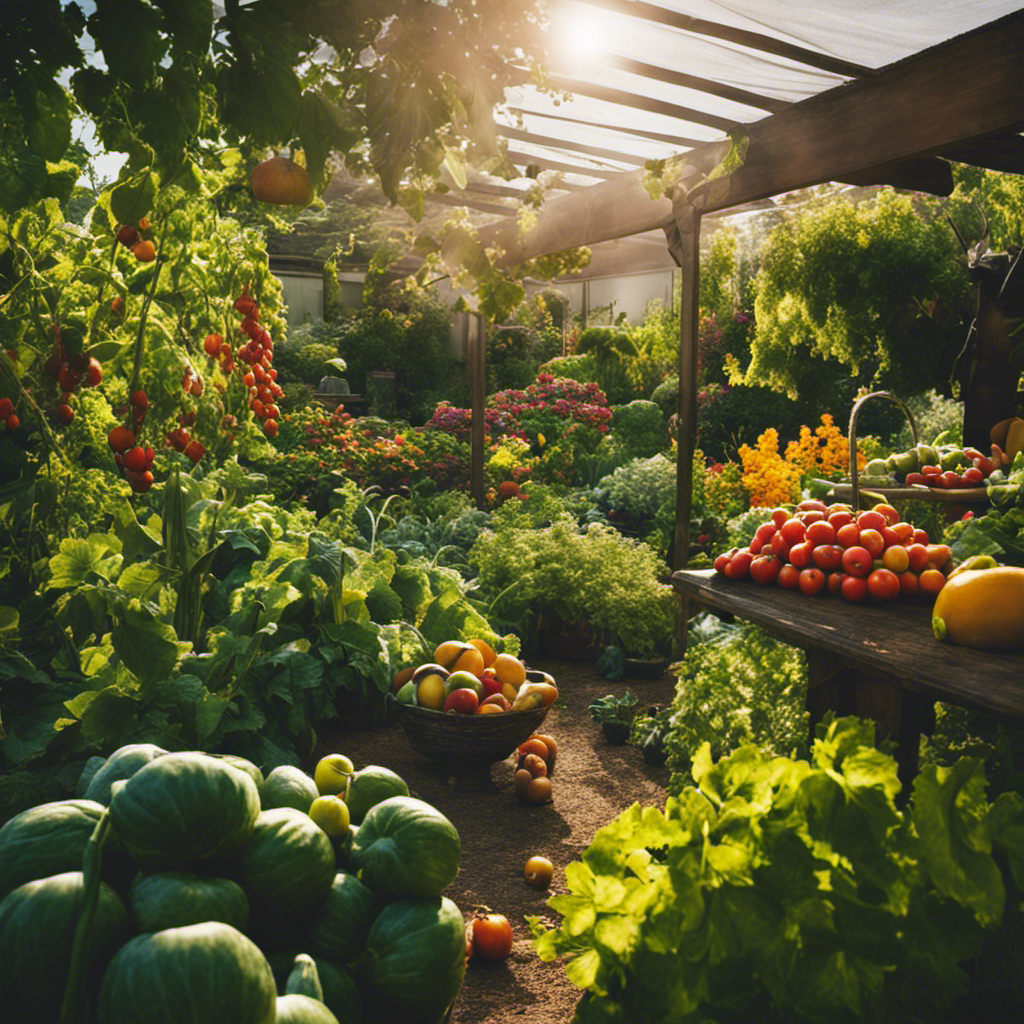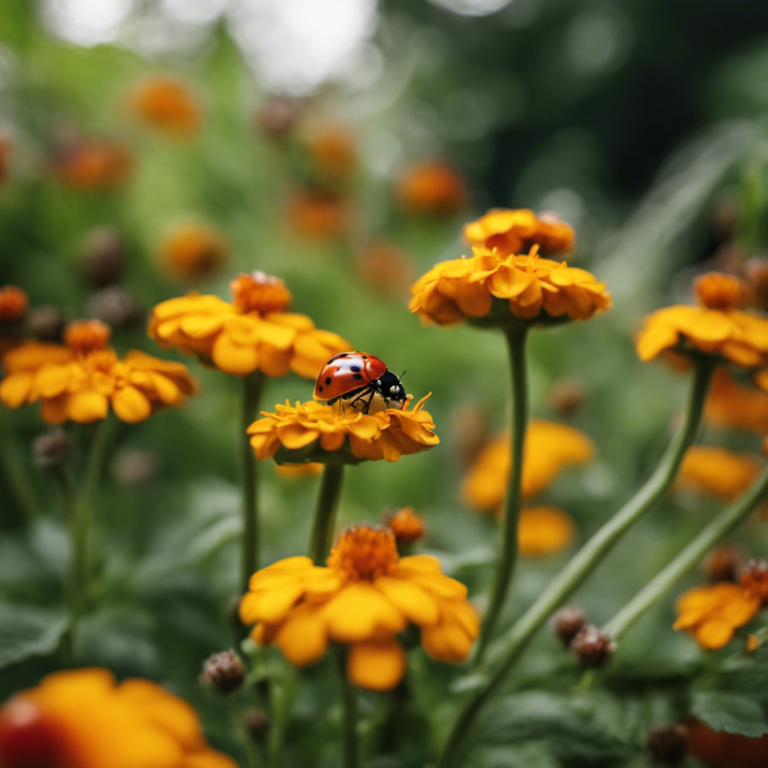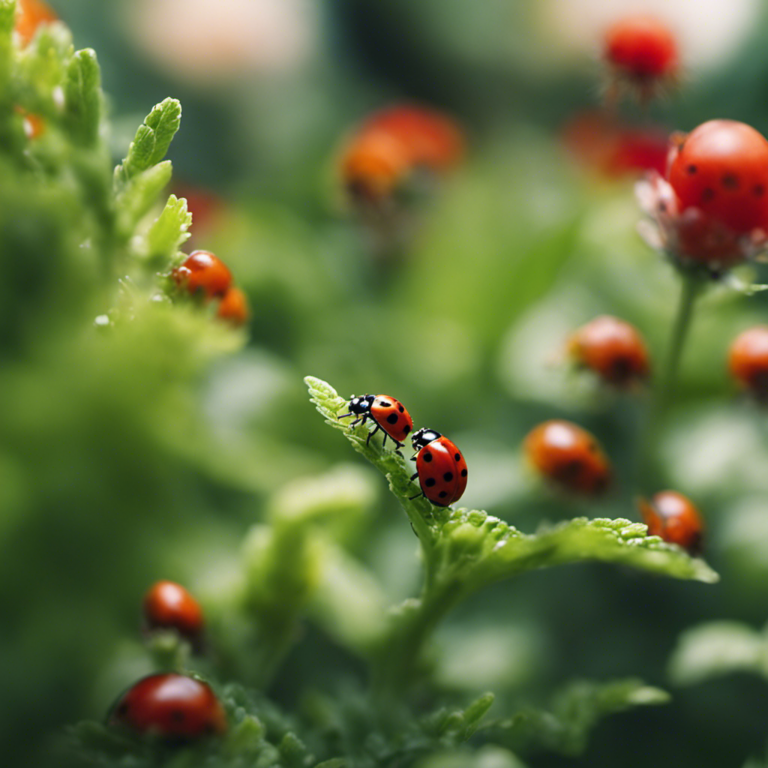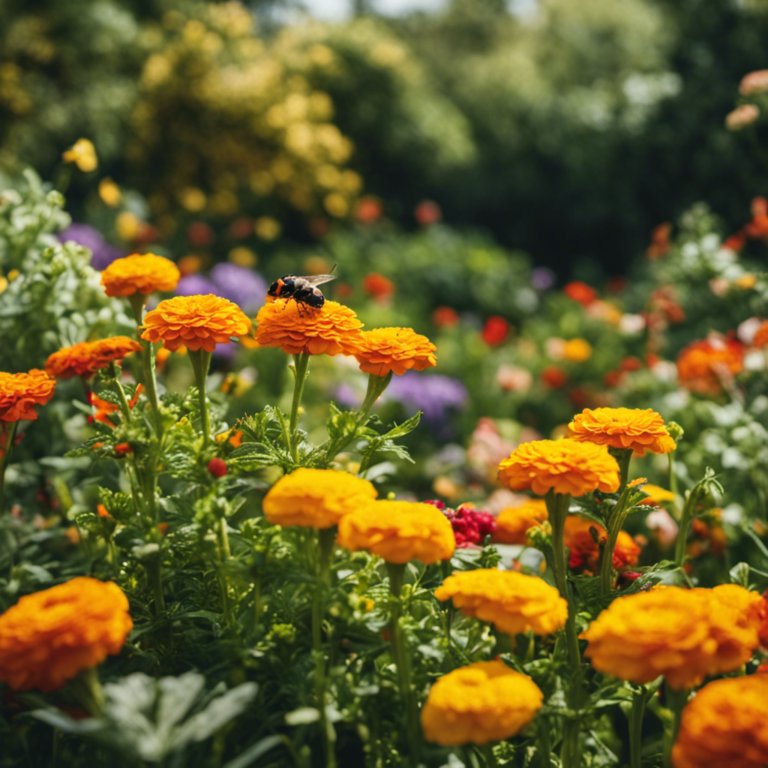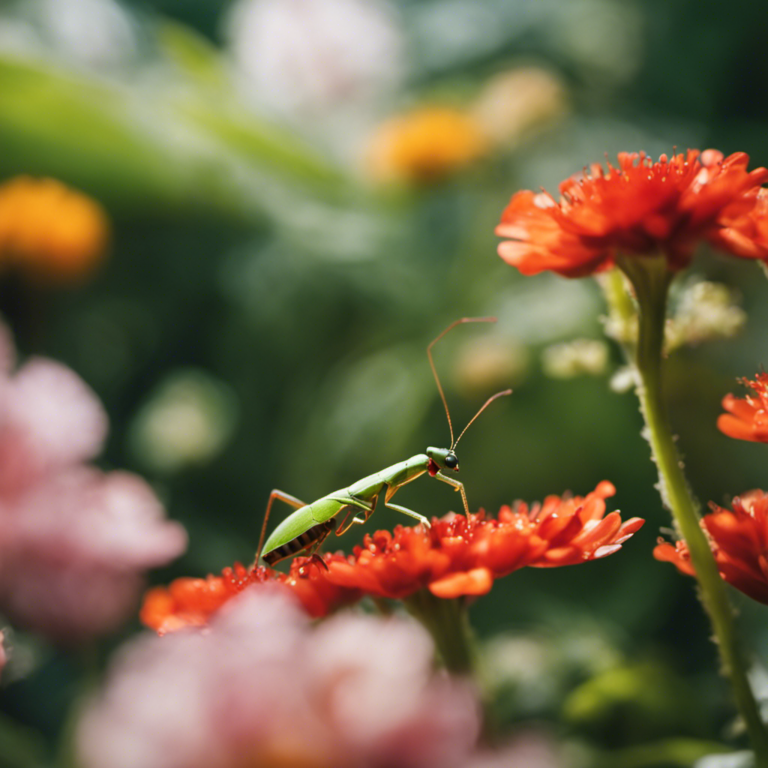Are pests ruining your dreams of a bountiful edible garden? Don’t worry, we have you covered!
In this article, we’ll show you how to create safer, pest-free gardens that will excite your palate. Bid farewell to harmful chemicals and welcome natural pest repellents, beneficial insects, and DIY organic sprays.
Additionally, we’ll teach you the art of companion planting and using physical barriers and traps.
Get ready to enjoy delicious, pest-free produce straight from your garden!
Key Takeaways
Creating a safer and pest-free edible garden is completely achievable with the right techniques and tools. Instead of relying on harmful chemicals, you can protect your plants by using natural pest repellents, attracting beneficial insects, making your own organic pest sprays, practicing companion planting, and using physical barriers and traps. Remember the age-old advice that prevention is better than cure. By taking proactive measures, you can enjoy a thriving and pest-free garden that will delight your taste buds.
Natural Pest Repellents
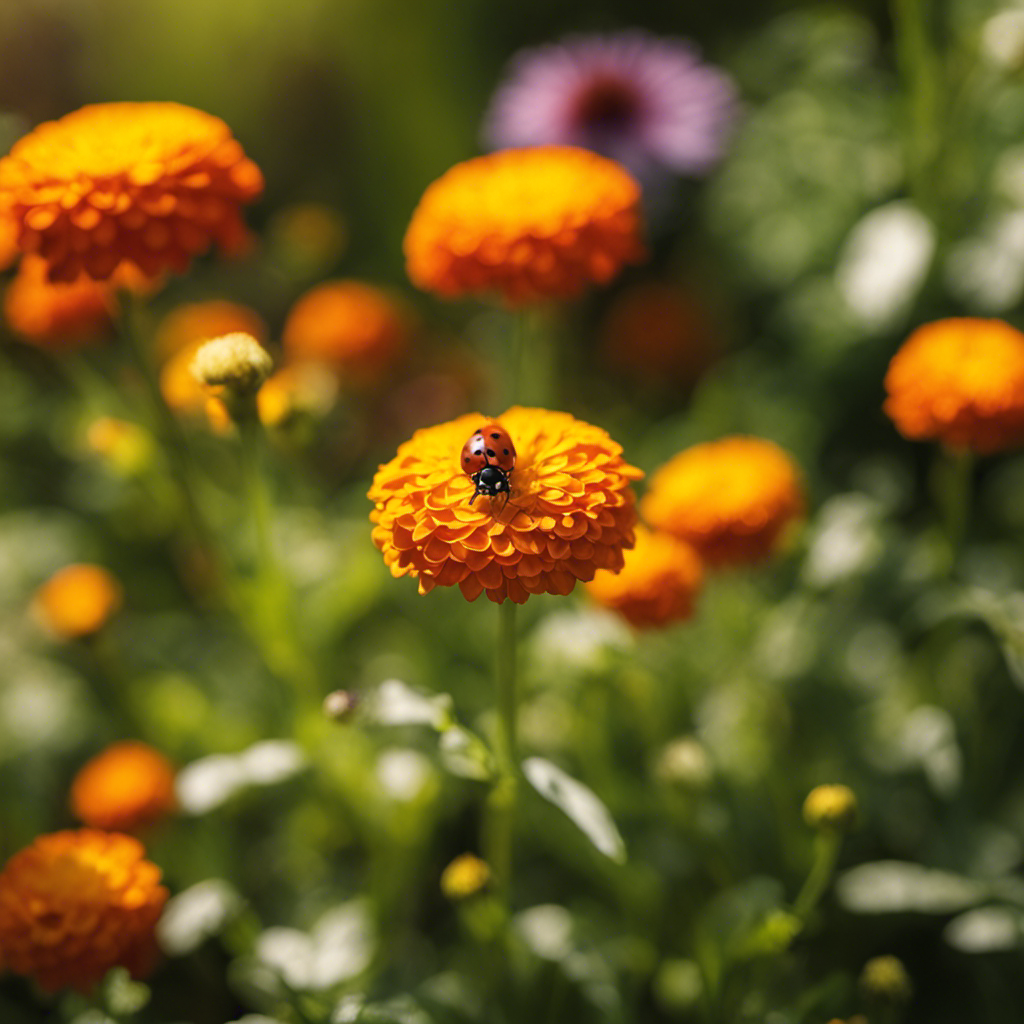
Protect your edible garden from pests using natural pest repellents. Homemade pest remedies are a safe and effective way to control pests without resorting to toxic chemicals. These non-toxic pest control methods not only safeguard your plants but also ensure that the food you grow is healthy and safe to consume.
One option is to make a homemade pest spray using common ingredients like garlic, onion, and hot peppers. Simply blend these ingredients with water and apply the mixture to your plants.
Another natural remedy is to attract beneficial insects, such as ladybugs and praying mantises, to your garden. These insects feed on pests and can be attracted by planting flowers or purchasing them from a local garden center.
Beneficial Insects for Pest Control
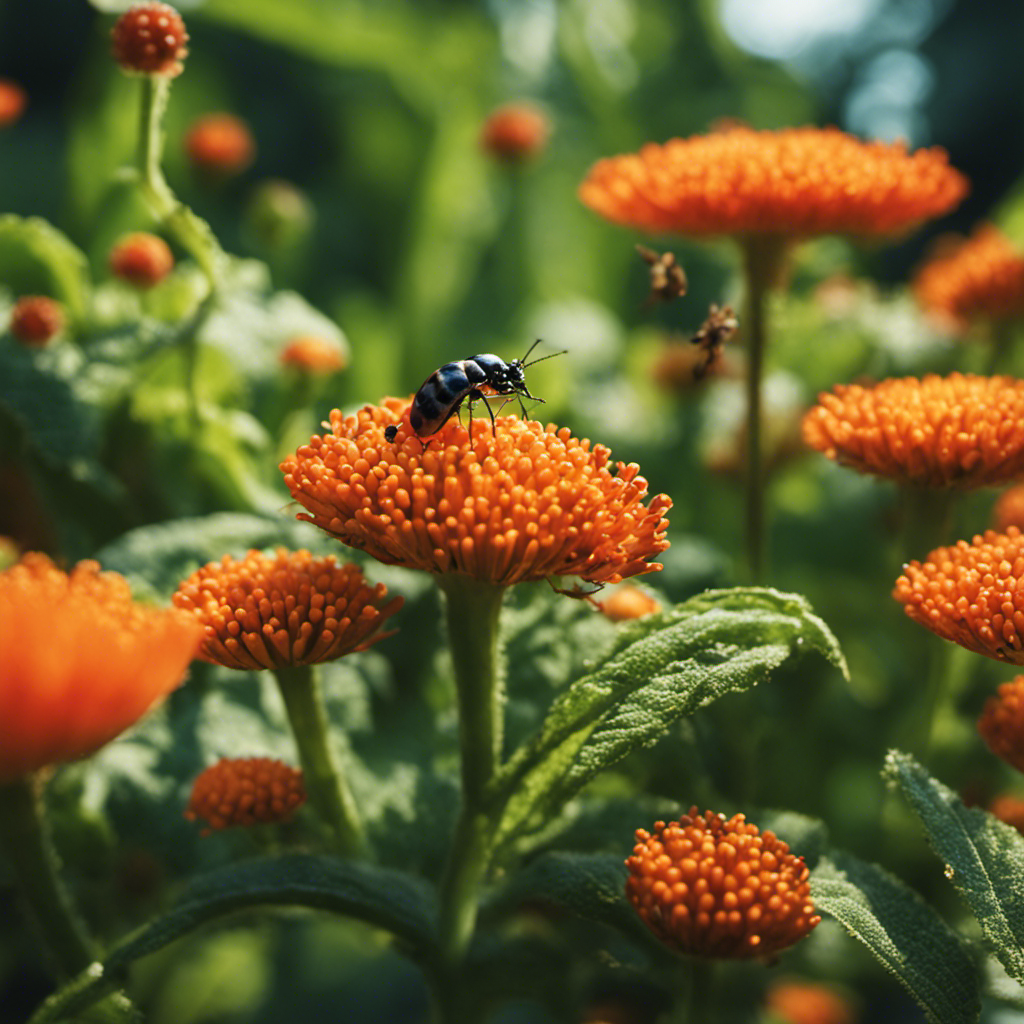
To effectively control pests in your edible garden, consider using beneficial insects. Integrated pest management (IPM) is a holistic approach that focuses on long-term pest prevention and control. One of the key strategies of IPM is the use of biological control agents, such as beneficial insects. These insects feed on pests, helping to naturally control their populations.
Ladybugs, for example, are known to consume aphids, mealybugs, and other common garden pests. Lacewings are another beneficial insect that feed on aphids, thrips, and mites. By introducing these beneficial insects into your garden, you can reduce the need for chemical pesticides and create a healthier, more balanced ecosystem.
Remember to avoid using broad-spectrum insecticides, as they can harm beneficial insects along with the pests.
DIY Organic Pest Sprays
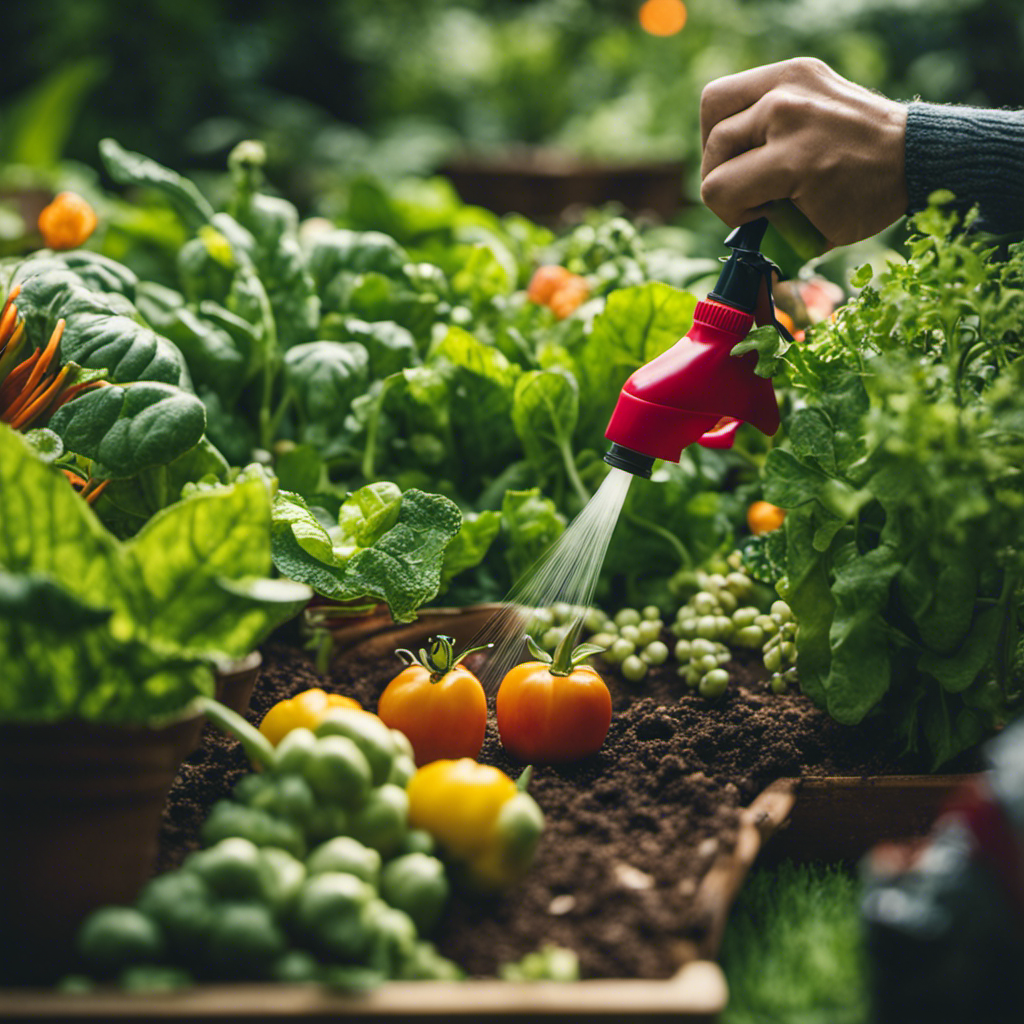
Create your own organic pest sprays for your edible garden. Making homemade remedies isn’t only a budget-friendly solution but also ensures that your plants are protected with non-toxic substances.
There are several simple sprays you can make to keep pests away. One effective option is a mixture of water and dish soap, which can be directly sprayed on pests to suffocate them.
Another powerful spray is a combination of garlic and chili pepper, which repels insects with its strong scent.
Neem oil is also a natural remedy that, when mixed with water, can be sprayed on plants to deter pests.
Remember to test these sprays on a small area of your plants before applying them to the entire garden and reapply as needed to maintain a pest-free environment.
Companion Planting for Pest Prevention

Improve your edible garden’s pest prevention by incorporating companion planting.
Companion planting is a technique that involves growing different plants together to maximize their benefits and deter pests. One effective method is using crop rotation strategies, which involves changing the location of crops each year to prevent the buildup of pests that target specific plants. By rotating crops, you disrupt the life cycle of pests, reducing their population and preventing infestations.
Another technique is intercropping, which involves planting different crops together in close proximity. This method confuses pests by creating a diverse environment that makes it harder for them to locate their desired host plants. Additionally, certain plants can repel pests or attract beneficial insects that feed on pests, further enhancing pest prevention in your garden.
Incorporating companion planting techniques can help create a healthier and safer environment for your edible garden.
Physical Barriers and Traps
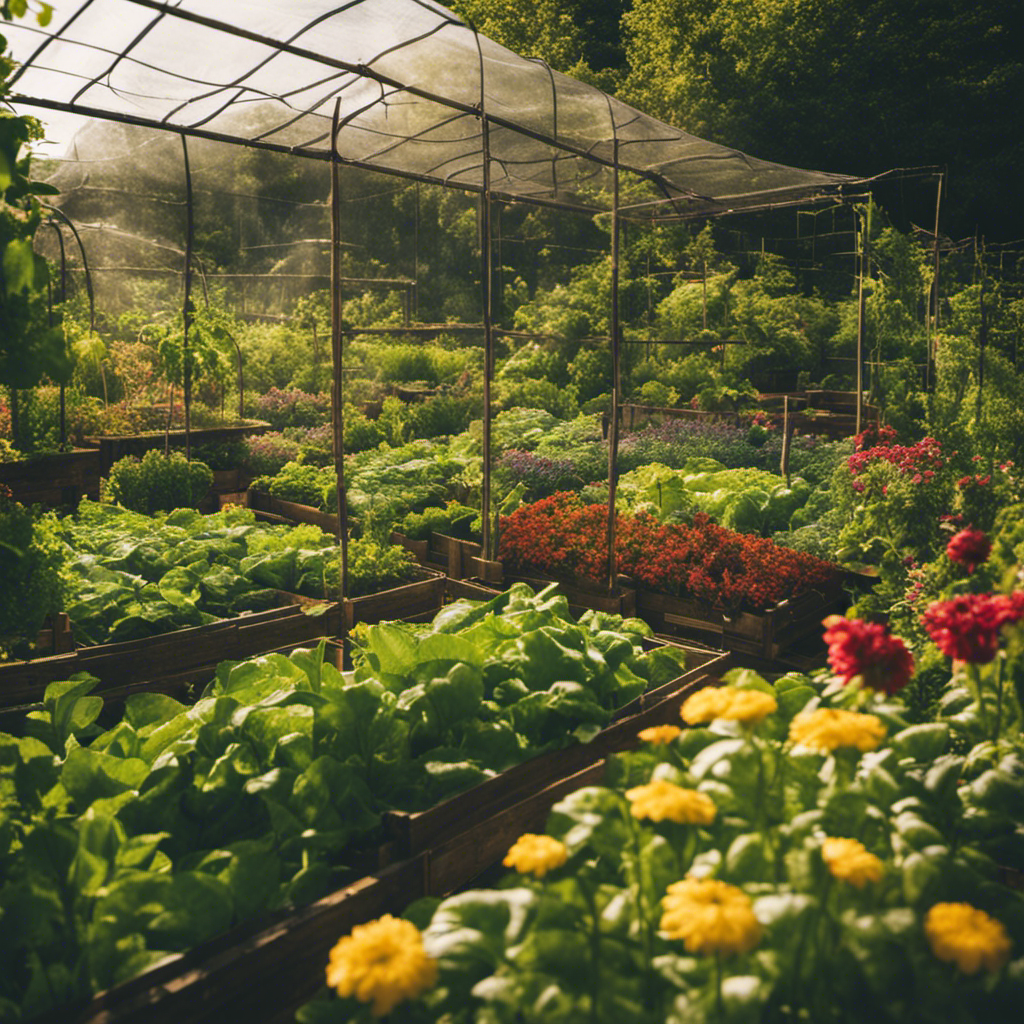
Implementing physical barriers and traps can enhance pest prevention in your edible garden, building upon the companion planting techniques you’ve already employed.
Physical barriers serve as a protective shield around your plants, effectively blocking pests from reaching them. Some effective options for physical barriers include fences, netting, and row covers. Fences can be constructed using materials like chicken wire or hardware cloth, while netting and row covers are lightweight fabrics that allow sunlight and water to pass through while keeping pests out.
Additionally, using pest traps can aid in controlling and monitoring pest populations. Sticky traps and pheromone traps are two common types that attract and capture pests.
Conclusion
Creating a safer and pest-free edible garden is definitely possible with the right techniques and tools.
Instead of relying on harmful chemicals, you can protect your plants by using natural pest repellents, encouraging beneficial insects, making your own organic pest sprays, practicing companion planting, and using physical barriers and traps.
Remember the old saying, ‘An ounce of prevention is worth a pound of cure.’ So, taking proactive measures will help you enjoy a flourishing and pest-free garden that will excite your palate.
